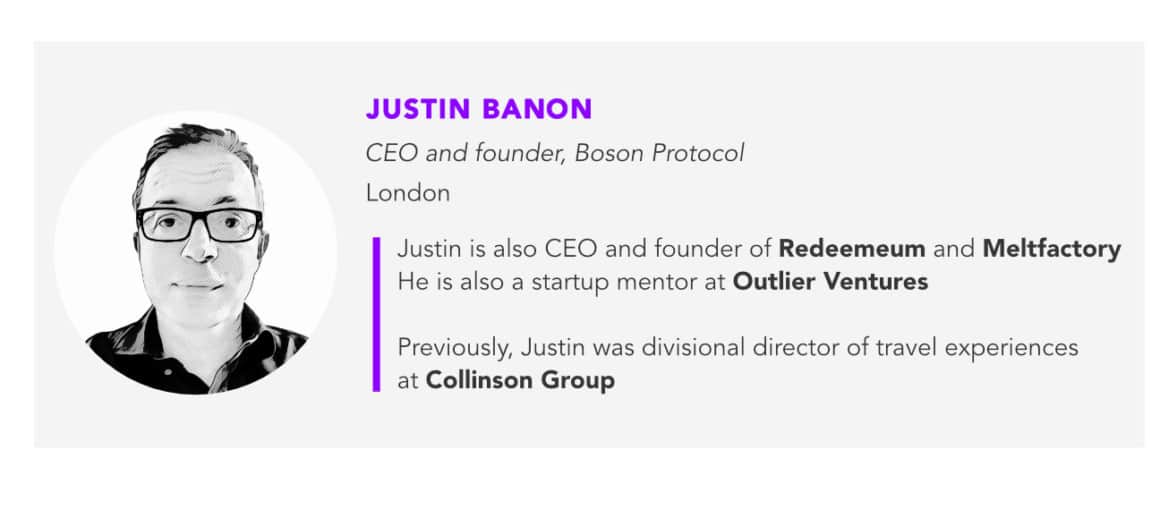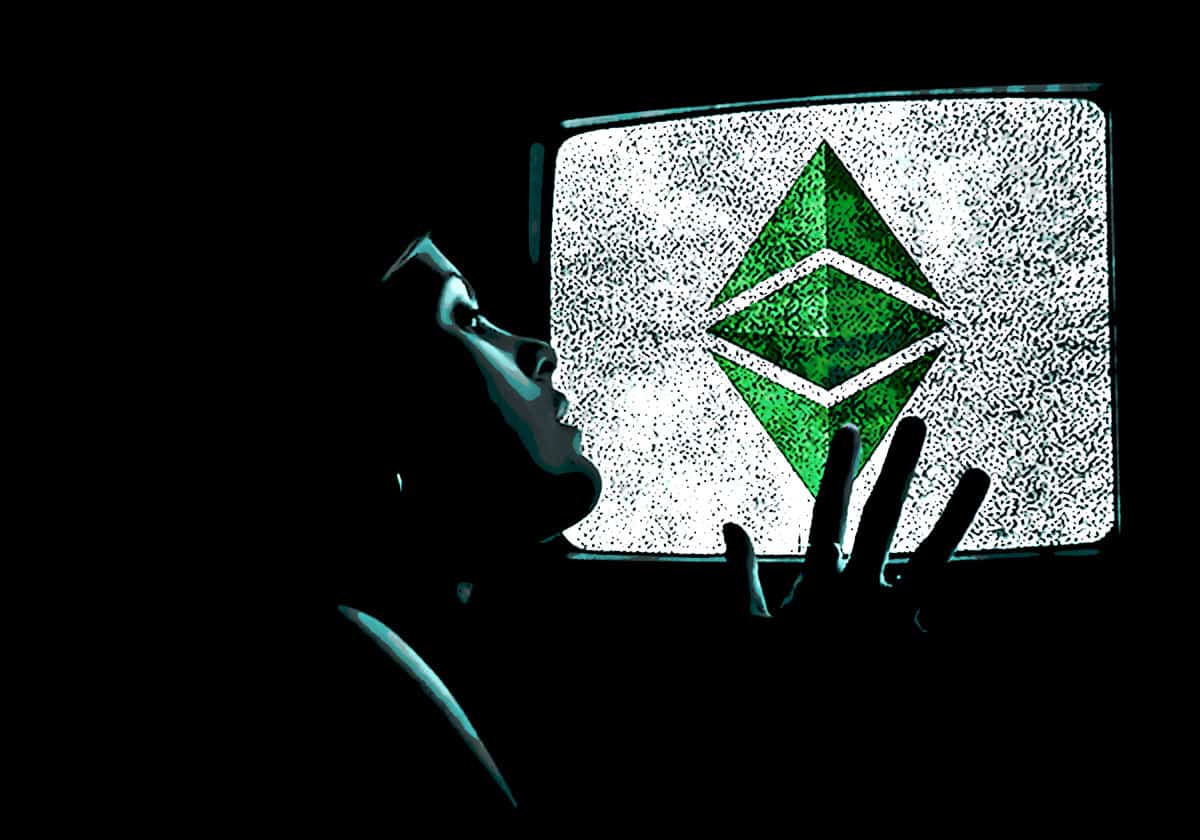The growth of decentralized finance (DeFi) has been the big cryptocurrency story of 2020 — and with good reason. With more than $10 billion now locked in DeFi protocols, and DeFi-specific content platforms such as The Defiant and Defi Pulse springing up to meet the demand for news and statistics about the sector, the excitement around the fast-moving innovation in this space is palpable.
It is easy to see why people are so excited: creating the ability for anyone, no matter who or where they are, to create their own financial products without rent-seeking or interference from the institutions that currently control access to the capital markets is quite simply a revolutionary proposition. Previously, you had two options: you could HODL your cryptocurrency or you could trade on a centralized exchange. DeFi has opened up a whole new world where people are able to make their capital work for them — and some of the returns have been astonishing. It may be following the classic hype cycle at the moment, but make no mistake: this is an exponential technology that is just getting started.

This upgrade to the global financial system can be thought of as a “metasystem transition” — the emergence, through evolution, of a higher level of organization or control.’’ What do I mean by this? Simply put, token economies in general have upgraded the heredity mechanisms of human-computer organizations. Complex systems of any kind, including organisms and economies, typically pass through a number of metasystem transitions as they scale.
DeFi can be considered a similar metasystem transition in the relationship between humans, computers and money, replicating certain aspects of the model that preceded it while moving the game forward exponentially. So, what makes it different from the system of centralized finance (CeFi) that preceded it? The revolutionary nature of having access to permissionless, transparent networks for financial products cannot be overstated. The relationship between d-commerce (decentralized commerce) and e-commerce is analogous to the relationship between DeFi and CeFi. It is all about unbundling the tightly controlled monoliths of the incumbents and allowing the brightest and the best to build the products that are useful to them, while opening up access for everyone — not just the privileged few — to gain access to the data and opportunities that can give them the best returns.
We often talk about DeFi “Lego” — and the composable, modular nature of these protocols is one of the reasons the sector has managed to grow and innovate so rapidly. Of course, with great reward comes great risk, and the fact that some of these financial Lego pieces have been developed by people whose approach to quality and audit has left much to be desired has meant that huge losses incurred by some unfortunate individuals have dominated the headlines.
How the system evolves in the next couple of years will be crucial, and I see DeFi moving towards a more sustainable model, with more compatability with the physical world. I don’t see the current boom as a bubble — I expect to see the total value held in DeFi protocols to keep soaring. But as the ecosystem matures, we should see networks adopt a more evolved attitude to customer acquisition and retention than having the best memes or one-time airdrops. In the longer term, protocols will face the same challenges for product differentiation as traditional financial services — and this is when they may want to look at incentives with a higher perceived value rather than simply engaging in a race to the bottom.
By bridging the divide between digital decentralized technologies and the transfer and trade of physical goods, crypto-native real-world benefits can be distributed via smart contracts in a way that simply hasn’t been done before. Offering rewards to loyal users is a time-tested way to retain customers, but something that has not been done in the crypto world before because the technology to do so did not exist until now. However, with this technology in place, the digital and physical worlds can interact seamlessly. And this enables companies to do really interesting things and engage their communities in entirely new ways. For example, if MakerDAO wanted to distribute tickets to DevCon in Colombia with an exclusive T-shirt, or offer an invite-only dinner as a prize in order to reward loyalty among users of their protocol, they could do so directly from a smart contract. In other words, this creates a bridge between DeFi and the physical world in a way that provides trust guarantees like practical atomicity and that doesn’t involve arbitration.
If a crypto exchange or a crypto credit card tried to do this on their own now, their rewards platform would likely have to be a centralized entity, involving an expensive infrastructure which only the larger players could afford to run, and this can create opportunities for many exciting new use cases. While some NFT (non-fungible token) projects have experimented with issuing real-world products and services that can be distributed via decentralized commerce, these require arbitration of any dispute between seller and buyer, and thus are centralized to a degree.
While it is easy to look ahead and see rapid expansion for the sector, it is also important to be mindful that in its current form, DeFi is still a niche market whose products are used by a tiny subset of the population right now, just as the internet was in the 1990s. The cognitive complexity of some of the ideas is probably a deterrent to many people, but much can be solved by simplifying the user interfaces and propositions. Look at the way Yearn became a catalyst for simplifying yield farming, for example — and the processes will, no doubt, become simplified even further. Obviously, the high rewards of DeFi are balanced by high risk, and it is important to provide decision support, and give a safe simplified set of options — such as the high- medium- or low-risk portfolios that are offered by pension plans.
See related article: Is DeFi a $10 billion Ponzi scheme?
The current culture of “move fast and break things,” where millions of dollars of value can be invested in an untested contract, is clearly not something that is sustainable in the long term or something that is going to be acceptable to institutions. It is worth mentioning that such mistakes and bugs are a necessary part of this evolution, as in any antifragile, complex system, and will eventually be ironed out of the system. Ultimately, risks can be mitigated by insurance from the likes of Nexus, Opyn or other insurance providers — but even more important than the ability to insure against possibilities such as bugs in smart contracts, for example, is strong messaging about the risks and full transparency about what the protocols and contracts actually do.
As a counterpoint to the above, there is no point in simplifying the process to the point where someone has a button on their phone that says “Farm” and deposits their assets in a liquidity pool where they are going to get the best yield farming returns, if they do not understand the technologies that underlie the app, and where a badly coded contract — or the presence of a bad actor — could mean they lose these assets. The whole sector needs to make processes simpler and make risks more transparent, but ultimately DeFi — and the whole crypto ecosystem as a whole — is about removing guard rails. We should always remember that with freedom comes risk and responsibility.





